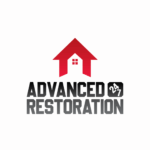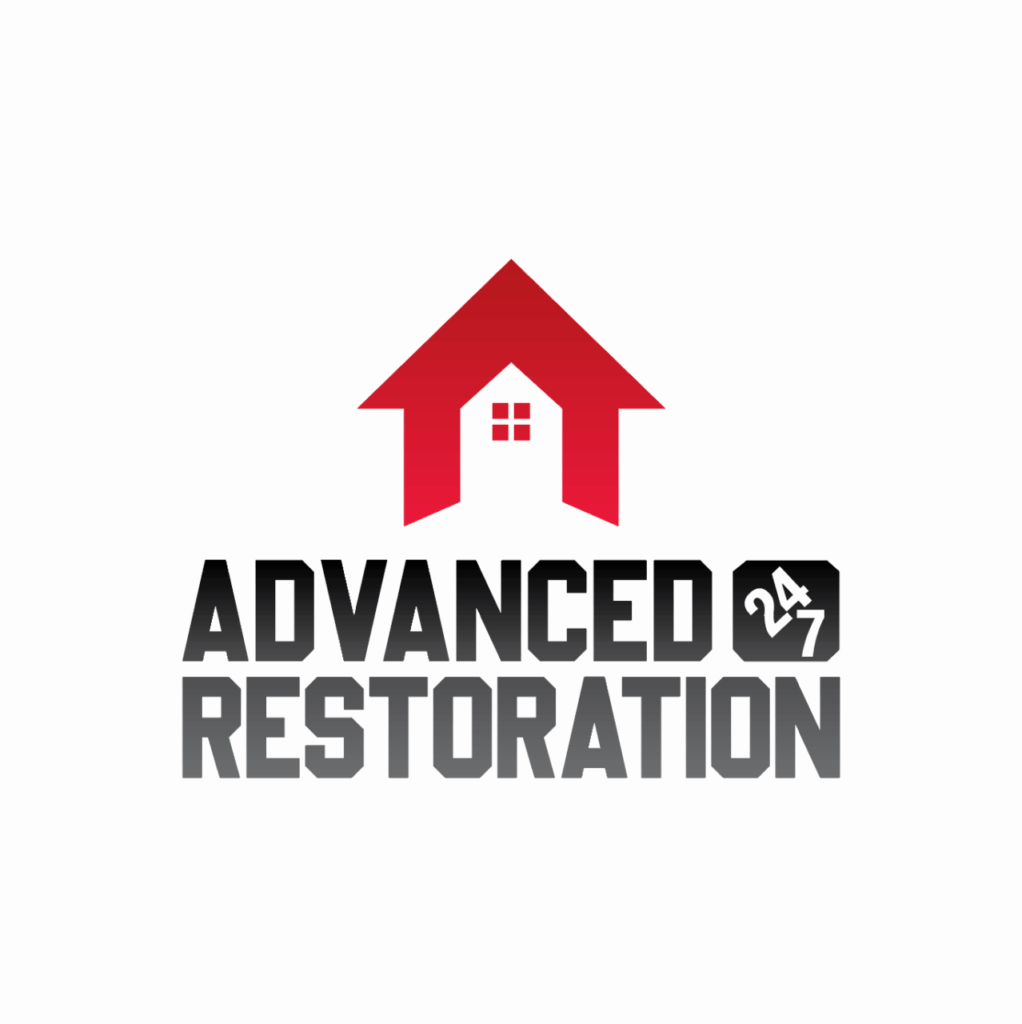Are you worried about the potential health risks of mold in your home? What is an acceptable level of mold? How can you ensure a safe and healthy environment for you and your family? In this article, we’ll explore the various aspects of mold in homes and guide you through understanding, preventing, and addressing mold issues. Learn how to identify and measure mold levels in your house and when to seek professional help from an agency like Advanced 24/7 Restoration.
Health Risks Associated With Mold in Your Home
Mold in your home can lead to various health risks, so it’s vital to be aware of these potential dangers. Mold exposure can result in allergic reactions, such as sneezing, coughing, and itchy eyes. Individuals with asthma or respiratory conditions may experience more severe symptoms, including difficulty breathing and chest tightness. Extended exposure to mold can even lead to respiratory infections and more serious health issues.
To prevent these health risks, you can take several preventative measures. First, controlling moisture levels is crucial, as mold thrives in damp environments. Inspect your home for any leaks or water damage and address them promptly. Adequately ventilate areas prone to moisture buildup, like bathrooms and kitchens, by using exhaust fans or opening windows.
Regular cleaning and maintenance are also essential for prevention. Clean up spills or leaks right away and ensure surfaces are dry. Frequent dusting and vacuuming can help remove existing spores from your home. Monitor indoor humidity levels, which should ideally be below 50%. You can use dehumidifiers or air conditioners to regulate humidity levels when necessary.
Proactively preventing mold growth through proper maintenance, ventilation, and moisture control can significantly reduce the risk of adverse health effects associated with mold exposure. Prioritize your health and create a safe living environment free from harmful molds.
Understanding the Different Types of Mold
To better understand mold, educating yourself about its various types and associated health risks is important. Mold spores are tiny particles that can float through the air and settle on surfaces in your home. There are several common types of mold, including black mold (Stachybotrys chartarum), green mold (Aspergillus), and white mold (Cladosporium).
Black mold is often found in damp areas like basements or bathrooms. It has a musty odor and can cause respiratory problems, allergies, and even neurological effects with prolonged exposure. Green mold is common in high-moisture areas like kitchens and bathrooms, causing allergic reactions such as sneezing, coughing, and itchy eyes. White mold typically thrives on organic materials like wood or paper products in cool, damp environments like attics or crawl spaces.
Common areas for mold growth include bathrooms, kitchens, and basements due to high humidity levels and poor ventilation. To prevent these molds from growing in your home, promptly maintain proper ventilation and address water leaks or excessive moisture.
Factors That Determine Acceptable Levels of Mold
Factors such as humidity levels and ventilation significantly influence the acceptable mold levels in your home. Mold can damage not only your health but also the structure of your house. Understanding the causes of mold growth and implementing prevention methods are essential for a safe and healthy living environment.
Consider these key factors:
- Humidity: High humidity creates a favorable environment for mold. Keep indoor humidity below 50% to prevent mold growth.
- Ventilation: Proper airflow prevents moisture buildup, which can lead to mold growth. Ensure sufficient ventilation, especially in moisture-prone areas like bathrooms and kitchens.
- Water leaks: Address water leaks promptly to prevent mold growth. Even small leaks can create damp conditions that encourage mold development.
By understanding these factors, you can proactively prevent excessive mold growth in your home, contributing to a welcoming and healthy space for your loved ones.
How to Identify and Measure Mold Levels in Your House
Identifying and measuring mold levels in your home can be done using test kits available at hardware stores. These kits are user-friendly and clearly indicate mold levels in your house. Learning to identify and measure mold levels effectively ensures a healthy living environment.
Start by recognizing the common causes of mold in homes. Moisture is the primary culprit behind mold growth, so areas prone to dampness, such as bathrooms, basements, and kitchens, are more likely to have higher mold levels. Leaks or water damage from pipes, roofs, or windows can also contribute to mold growth. Address these issues promptly and fix any leaks or sources of moisture to reduce the likelihood of mold development.
To measure mold levels, use a test kit. These kits typically include swab samples or air cassettes to collect samples from different areas of your house. Follow the kit’s instructions carefully to collect accurate samples. Send the collected samples to a specified laboratory for analysis.
The results will reveal whether your home has elevated levels of mold. Consider consulting with a professional remediation service, like Advanced 24/7 Restoration, for further investigation and treatment options if high levels are found.
Remember that preventing mold growth is crucial for maintaining a healthy home environment. Regularly clean and dry moisture-prone areas, maintain low humidity levels (ideally below 50%), fix leaks promptly, ensure proper ventilation throughout your house, and use dehumidifiers when needed.
Steps to Take if Your Home Has Excessive Mold
If you discover excessive mold in your home, it’s essential to seek professional assistance from a reputable mold remediation company like “Advanced 24/7 Restoration.” Dealing with mold can be overwhelming, but you don’t have to face it alone. Here are steps to address the issue and create a healthier living environment:
- Contact a professional mold remediation company: Seek expert help to accurately identify and remove the mold. These professionals possess the knowledge and tools to handle even the most challenging cases.
- Prioritize safety precautions: Mold can pose health risks, so take proper safety measures. Wear protective gear like gloves, goggles, and masks to minimize exposure and prevent potential health complications when dealing with moldy areas.
- Address the root cause of mold growth: Simply removing visible mold is insufficient; you must identify and eliminate the underlying moisture source. Fix any leaks or water issues in your home to prevent future outbreaks.
Summary
Understanding the health risks associated with mold in your home is crucial. Different types of mold can have varying effects on your well-being, but some factors determine acceptable mold levels. Regularly identify and measure mold levels in your house to ensure a safe living environment. If you find excessive mold, immediately address it and remove it for your health and well-being.
Advanced 24/7 Restoration’s mission is to provide unparalleled care and support to our valued clients. Delivering the best solutions for your property restoration needs. Our vision is to be the top-rated damage restoration company in Denver, known for our exceptional services, professionalism, and dedication to customer satisfaction. Water damage, fire damage, flood damage, and more.
- This author does not have any more posts


